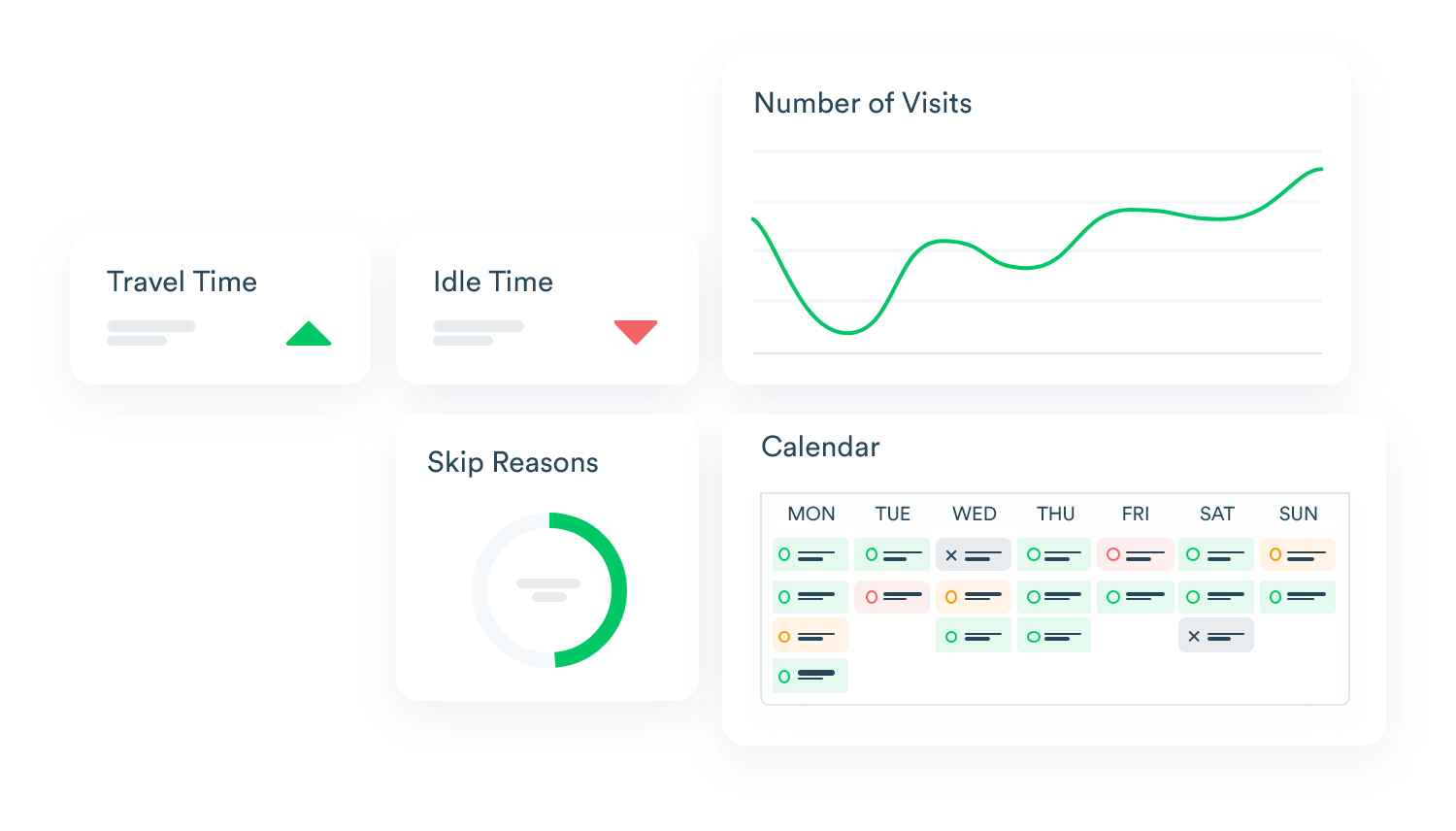It’s vital for retailers and merchandisers to keep expired products off shelves and prevent them from being in circulation. Products with expiry dates can present health hazards or simply experience a drop in quality and can’t be sold once they reach the date. If customers receive expired products, it can damage both the retailer and the product brand. Retailers need to do all that they can to keep expired products off their shelves, but they need the right solutions to help them do it.
Many retailers use ineffective methods to track and remove expired products, such as conducting time-consuming and sometimes inaccurate spot checks of shelves. It’s much more efficient to have the right technology in place to track and monitor expiration dates and the removal of expired products.
Why You Need to Track Expiration Dates
Expiration dates on products need to be tracked consistently for multiple important reasons. Food waste is a significant issue that businesses have a responsibility to tackle, and having to remove expired products is a waste of money too.
There are some key reasons to use technology to track expiration dates, not just to remove products on time but also to help reduce the amount of unsold stock.
It's environmentally friendly
Each year in the US, 108 billion pounds of food is wasted. Consumers can take steps to prevent food waste at home, but retailers also bear a responsibility to help reduce food waste, considering they deal with it in much larger amounts. Helping to tackle food waste is the right thing to do, and it improves your business image at a time when consumers are more likely to scrutinize how green a company is before buying from them. By managing expiring products more efficiently, you can do your part.
It creates a better customer experience
When there are fewer expiring products on the shelves, it leads to a better experience for your customers. Customers generally don’t want to find expired items on shelves and can be reluctant to buy those that are quickly approaching their expiry date too. When expired items are left on the shelves, it can damage the brand’s reputation due to customers feeling they have had a poor experience.
It improves employee experience
It’s not just customers who have a better time when there are fewer expired items on the shelves. Employees also benefit from using technology to track expiration dates because it reduces their workload for them. They don’t need to keep carrying out visual checks or updating spreadsheets to understand what’s there. Instead, they can focus on what they feel are the more important parts of their jobs.
It improves margins
It’s hugely expensive to throw out expired products. In fact, about $1.6 trillion worth of food is wasted each year. With the right management of expiring products, retailers can avoid throwing out products and save money. Tracking expiry dates allows prices to be reduced for a quick sale, in addition to figuring out the correct inventory to order based on what’s selling and when.
How to Reduce Expiries
Understanding the benefits of effectively tracking expiry dates and reducing waste is one thing, but knowing the best ways to reduce expiries is another matter. With the right techniques, you can reduce shrink and save money.
Understand demand using sales data
Point of sales data can give you the information that you need to make better inventory management decisions. If you overestimate demand, you can end up with more waste. Your sales data helps you to estimate demand more accurately.
Optimize coolers
Coolers are one of the worst areas for shrinkage. Optimizing them can reduce the waste of refrigerated food and drink. Using a first-in/first-out strategy to display goods is one method that should help. Electronic shelf labels can help to measure inventory more accurately, monitoring both what’s on the shelves and cooler temperatures.
Improve customer and staff education
Educating both your customers and staff can help to reduce waste too. By highlighting products that might have a shorter shelf life, you can get them off the shelves faster. Signage can be used to draw attention to key products.
Use the right inventory techniques
Smart use of inventory techniques will help you to reduce expiries at risk too. Two examples to use are first-in/first-out, and last-in/first-out. In other words, with the former, items that are placed on the shelves first are positioned so they are removed first. The second technique is not as popular.
Use the right tools
Reducing your expired items on shelves can save you money and improve your brand reputation and customer experience. Investing in the proper tool that helps manage your field team data collection and expiries is important. To be able to reduce your value at risk you need real time market transparency. Book your demo with Shelvz to manage your retail execution team and reduce your expiries at risk.



